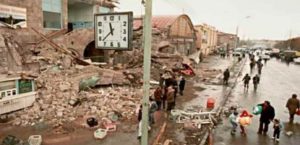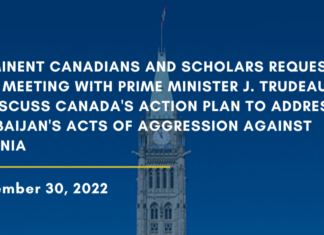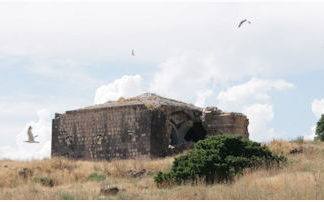 YEREVAN (Combined Sources) — The Spitak earthquake shattered which literally ripped the northern section of Armenia 27 years ago, took place on December 7, 1988.
YEREVAN (Combined Sources) — The Spitak earthquake shattered which literally ripped the northern section of Armenia 27 years ago, took place on December 7, 1988.
On that day, a devastating earthquake measuring 6.9 on the Richter Scale, took place at 11:41 (local time), with the epicenter in the country’s north.
Some of those who survived the December 7, 1988 earthquake in Spitak, Gumri (then Leninakan), Vanadzor (then Kirovakan) and elsewhere in Armenia as well as the generations that came after the earthquake to live in makeshift housing feel embarrassed today not only because their vital problems have not been solved, but also because the very date of the disaster, once colored in black in the nation’s calendar, is being forgotten.
More than 25,000 people died and thousands were injured and became homeless.
The economic damage of Armenia amounted to 13 billion rubles. The commission headed by Nikolai Ryzhkov, Chairman of the Council of Ministers of the USSR, arrived in Armenia on the next day of the earthquake. They performed a great job with care and many efforts to assist the people and eliminate the consequences of the tragedy. The Armenian people received the aid with gratitude, awarding Ryzhkov with decoration of the National Hero of Armenia on December 6, 2008.
More than 113 countries and 7 international organizations aided Armenia.







